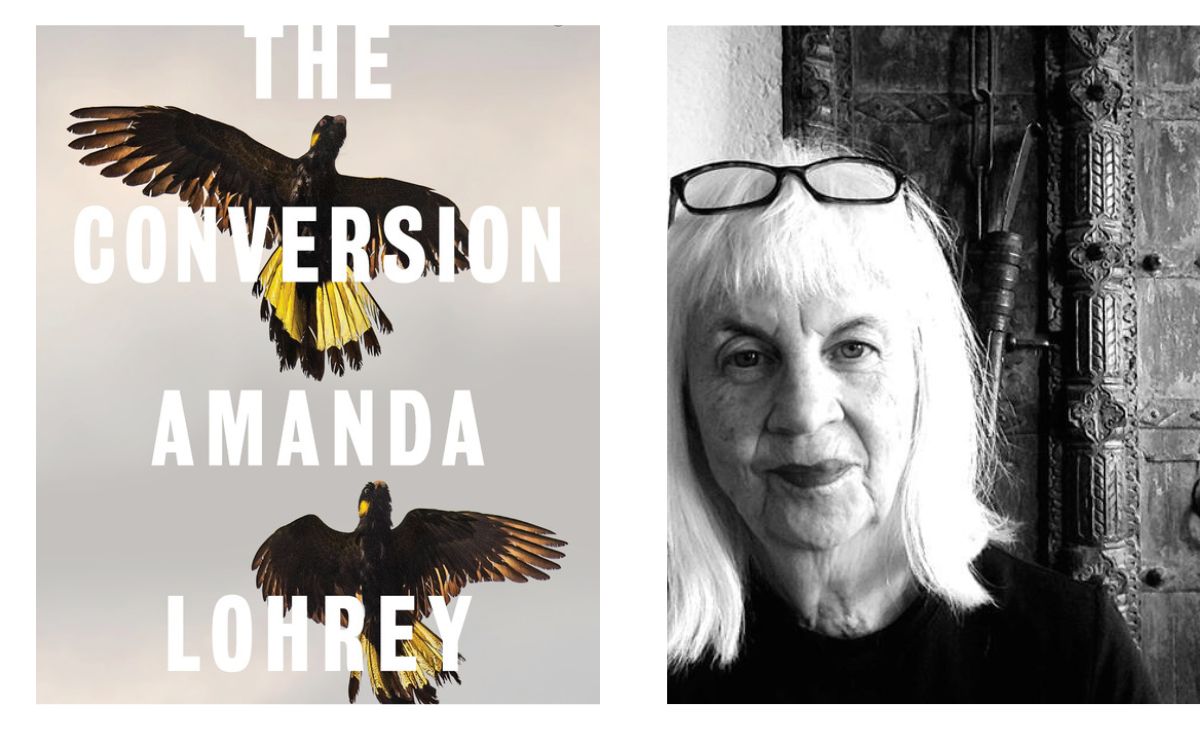Amanda Lohrey’s ninth novel, The Conversion, hinges on the idea that the spaces we inhabit shape who we are as people. It is an alluring premise from the Miles Franklin Award-winner, and one on which she builds her narrative.
After her husband Nick dies, Zoe makes a return to the building he was so passionate about them buying together before his death: St Martin’s Church. Resistant at first to the idea that a place of worship could ever become a home, Zoe’s journey throughout The Conversion is one that speaks to the idea of what burgeons to fill the void left by mainstream religion in our modern malaise.
The concept of “conversion” thus becomes a clever play throughout the course of the narrative: in relation to buildings, yes, but also people – and the ways the two affect one another. ‘A church will always be a church,’ Zoe’s sister notes after her purchase of the property. ‘The space you live in will change you, not the other way around.’ How can one make the most of the towering vertical space and imposing stained-glass windows, Zoe asks herself. Is it even possible to transform a church into a dwelling, or will it always retain its original purpose, even after shedding its historical remnants?
In the opening chapters of the novel, in the face of Zoe’s scepticism about the proposed purchase, Nick notes that St Martin’s must have had a dwindling congregation to warrant being placed on the market in the first place. And, besides, he tells his wife, any negative reactions from locals would soon fade in the face of their saving the building from dereliction. This characterisation of the church as irrevocably holy is, at any rate, “all in the mind” for the couple, as both come from a secular background.
While Lohrey – and, by extension, Zoe – remains unconvinced that a church can ever be fully deconsecrated, she fails to fully extend her proposal to the Australian context in which she writes. Nick goes on, in indirect reported speech, to suggest that ‘there were Indigenous peoples who held certain waterholes, rocks or trees to be sacred, but that didn’t mean they held any special meaning for the white fellas’.
This line reads, perhaps unintentionally, as a lack of acknowledgement of Australia’s colonial history. Lohrey seems to suggest, here, that the two can be conflated, but not equally: a Christian church can never be denied its inviolable sacrosanctity, yet loci of meaning for First Nations’ people can be stripped of significance. This aspect of The Conversion falls a little flat, as does is its broader reluctance to speak more fully to ideas of inhabitance in, and inheritance of, Indigenous land sovereignty.
Over time, Zoe realises that what she truly desires is a home that reflects the person she has become. This realisation dawns on her when she opens her doors to Melanie, a theatre teacher, who borrows the church for rehearsals, converting the space yet again. This transformative aspect of architecture permeates The Conversion, as does a sense of anxiety – perhaps that of grief, or the expectation of long-concealed things becoming unearthed – as Zoe learns about things her late husband kept hidden.
Read: Book review: Green Dot, Madeleine Gray
In The Conversion, Lohrey delves into the places we call home, exploring the intricate dance between our influence on them and their transformative impact on us.
The Conversion, Amanda Lohrey
Publisher: Text Publishing
ISBN: 9781922790484
Pages: 240pp
Publication Date: 31 October 2023
RRP: $32.99
